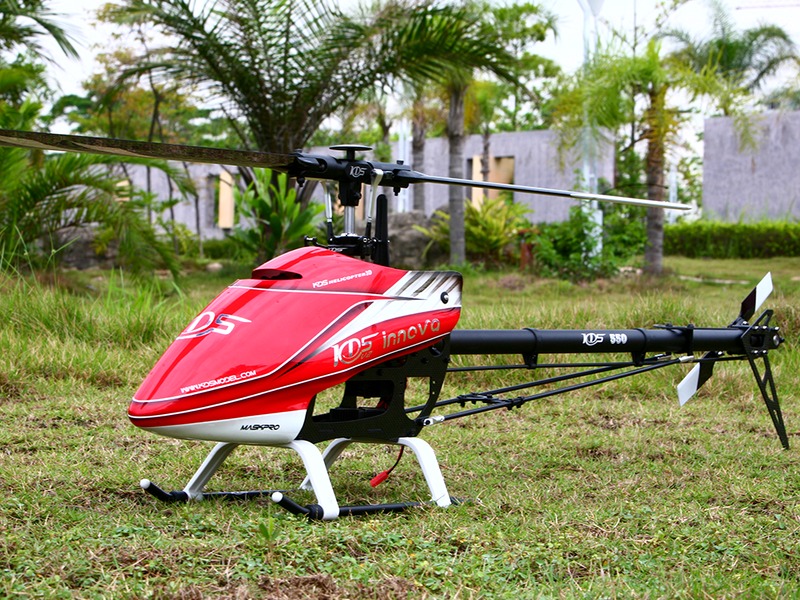What happens if a helicopter flies to high?

If a helicopter flies too high, it can experience a phenomenon known as “altitude-induced loss of control” (AILOC). AILOC occurs when a helicopter reaches a critical altitude at which the air is too thin to provide enough lift for the blades to generate the necessary thrust. As a result, the helicopter begins to lose control and can no longer maintain altitude or maneuver. This can lead to a catastrophic loss of control, as the helicopter will quickly fall out of the sky.
When a helicopter reaches a critical altitude, the pilot typically notices a decrease in performance, such as a loss of power and reduced maneuverability. The aircraft will start to lose altitude and can eventually become uncontrollable. Depending on the type of helicopter and the altitude it is flying at, this can occur anywhere from 3,000 to 10,000 feet above sea level.
There are several factors that can contribute to AILOC, including the altitude, weight of the helicopter, rotor RPM, and air temperature. The higher the altitude, the thinner the air, and the less lift the rotor blades generate. This can cause the aircraft to lose power or become uncontrollable. The weight of the helicopter can also affect its performance at high altitudes. A heavier helicopter needs more power to maintain altitude, and this can cause the engine to become overwhelmed and fail. A decrease in rotor RPM can also lead to a loss of lift and control. Finally, air temperature can affect the performance of the engine and rotor blades. Colder air is less dense and can cause the aircraft to lose power and control.
To avoid AILOC, pilots should be aware of the performance of their aircraft at various altitudes and should not fly higher than the aircraft’s maximum service ceiling. Pilots should also be aware of the weight of their aircraft and adjust the power and rotor RPM accordingly. Finally, pilots should be aware of the air temperature and adjust the power setting accordingly.
In the event of AILOC, the pilot should reduce the power and lower the altitude as quickly as possible. This will help to reduce the rate of descent and give the pilot more time to regain control of the aircraft. The pilot should also attempt to reduce the speed of the aircraft and lower the collective pitch to reduce the lift generated by the rotor blades. If the aircraft is still uncontrollable, the pilot should attempt to autorotate, which is a technique used to land a helicopter safely in the event of an engine failure.
In summary, AILOC can be a dangerous phenomenon that can occur when a helicopter flies too high. To avoid AILOC, pilots should be aware of the performance of their aircraft at various altitudes and should not fly higher than the aircraft’s maximum service ceiling. In the event of AILOC, the pilot should reduce the power and lower the altitude as quickly as possible. If the aircraft is still uncontrollable, the pilot should attempt to autorotate in order to land the aircraft safely.
Comments / Question
2. Longer flight times
3. Increased fuel consumption
4. Increased vibration
5. Reduced visibility
6. Reduced control response
7. Increased stall speed
8. Reduced maneuverability

